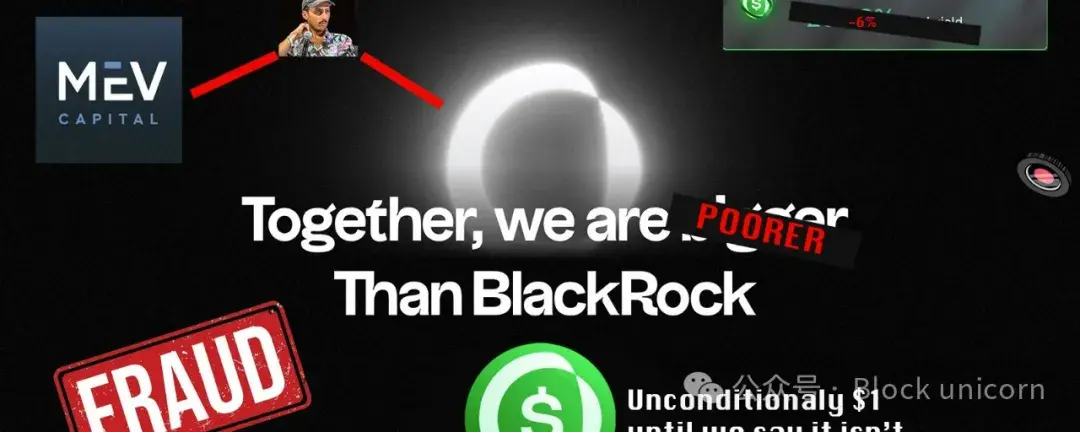How do you view Renzo's re-staking narrative?
Author: Haotian
How to view the Restaking project Renzo that is currently mining on Binance Launchpool? Here are a few points of my perspective:
1) It's difficult to evaluate Renzo's ez ETH depeg issue, as this is a common problem in the Restaking sector where the entire industry is continuously leveraging. It should be noted that the potential liquidity issues for platforms that lay out LRT later will be greater. The reasoning is simple: native ETH has been absorbed by top capital players like ETH FI and Renzo, leaving less and less circulating ETH for newcomers to attract.
If one wants to squeeze liquidity, they can only use operational incentives to make a big move, such as implementing point airdrops and other multiple incentives to attract attention. After all, it’s all about continuously leveraging through native ETH assets, LRT staked assets, and re-staking platform points. Therefore, the Restaking market will inevitably head towards chaos and disorder, and as more participants enter, potential exposure issues will increase. From another perspective, during the FOMO period of the re-staking sector, the occurrence of some depeg events will help everyone better recognize the potential risks of the re-staking sector, allowing users who lack the capacity to bear security risks to realize the facts early on. Looking at it positively, that’s quite good.
2) How to view the differences in the re-staking narrative that Renzo wants to discuss? A horizontal comparison makes it clear. @eigenlayer essentially aims to enhance Ethereum's data availability (DA) capability through re-staking. Staking LST platform credentials to AVS active verification service nodes is just a means of implementation; the core goal is to strengthen DA capability. ETHFI's cross-staking and re-staking service scope is broader, employing DVT distributed verification technology for some innovations, making it a common competitor to both Eigenlayer and LIDO.
Renzo, on the other hand, focuses more on enhancing the comprehensive operational capabilities of AVS, including node technology, operations, network, and other aspects. If Eigenlayer attracts a large number of Validators to join the AVS team, Renzo's goal is to provide specialized comprehensive capability enhancement services for these active AVS, serving as a complement to Eigenlayer's refined business.
3) In Eigenlayer's envisioned plan, AVS active verification services will extend business to the original Ethereum underlying security architecture participants, delivering Ethereum Validators' POS verification capabilities to more Rollup chains outside of Ethereum. This narrative sounds beautiful, but it ultimately needs to be concretely implemented in the operation of each node behind the scenes. For example, how will AVS enhance verification data processing capabilities, DDoS attack security protection capabilities, and network bandwidth stability? In a sense, the capability ceiling of AVS represents the narrative height of Eigenlayer, so it makes sense for Renzo to propose specific enhancement services for AVS.
4) Currently, Eigenlayer's AVS is only a small part, and they have played a certain role in decentralized sequencers, decentralized challenger mechanisms, and even the re-staking challenges in the BTC layer 2 ecosystem. Objectively speaking, the value significance of enhanced AVS nodes will exist, but expectations should not be set too high. After all, there is a hard flaw in the AVS narrative, as the consensus of a few AVS nodes is difficult to truly equate to the security consensus of all Ethereum Validators. However, enhancing AVS capabilities can expand the service capabilities of the Ethereum network framework through economic staking and incentives, which undoubtedly provides a new narrative imagination space for Ethereum DeFi at a time when liquidity is facing exhaustion.
In summary, the wind of the Restaking sector has already begun to blow, becoming the new expected DeFi Summer for Ethereum. In the short term, FUD is unlikely to stop this wind from continuing to strengthen. However, regardless of the economic security risks, the narrative is actually revolving around extending the story of Eigenlayer. And as the native ETH in the market decreases and the security risks of depeg are exposed, this narrative cannot expand endlessly. Will there be a turning point for the tide to recede? Whether it will coincide with Eigenlayer's TGE is unknown, but it may be related to Eigenlayer.
If the market continues to engage in internal competition in the Restaking sector, ordinary user participants must recognize:
- How does the Restaking platform actually operate? 2. What are the key factors supporting the continuous healthy operation of the Restaking system? 3. What risks might be faced when participating in Restaking, such as slashing losses of staked assets, liquidity redemption squeezes, etc.?
With this basic understanding, one can then decide how to participate and to what extent. This approach is much better than simply being a trend follower.











